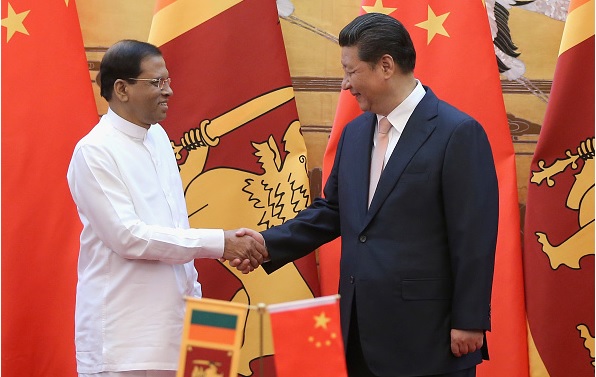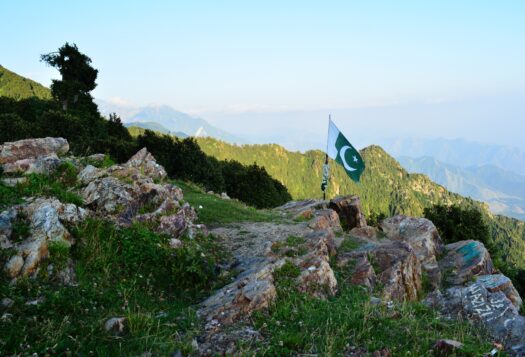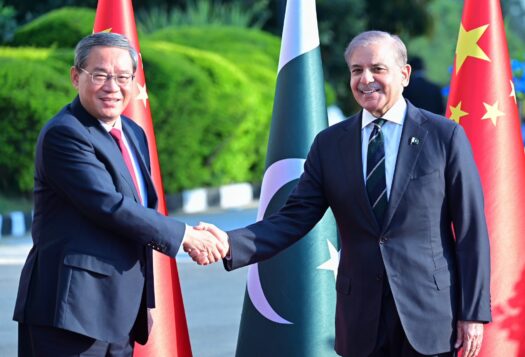
Prime Minister Narendra Modi is visiting Sri Lanka later this week to take part in the first ever United Nations Vesak Day celebrations. He will also inaugurate a hospital complex at Dickoya funded by India. However, he is not likely to sign any agreements or hold any other official events during the visit, as confirmed by Sri Lankan President Maithripala Sirisena. This visit is all about reiterating the Modi administration’s emphasis on building ties with Sri Lanka by reviving Buddhist civilizational links between the two countries and is unlikely to address any of India’s concerns in Sri Lanka.
Progress in Relations under Modi
After Modi came to power in 2014, there was high hope for improvement in Indo-Lanka relations, which declined significantly under Mahinda Rajapaksa’s second tenure, particularly during 2012-2014. However, there was some positive movement after Maithripala Sirisena won the presidential election and formed the National Unity Government (NUG) in January 2015. The NUG’s commitment to a balanced foreign policy approach, rejection of the overt pro-Chinese policy of the previous administration and recognition of India’s sensitivities in the region, as well as Modi’s emphasis on a “neighborhood first” policy created an atmosphere of goodwill and understanding between the leaders of the two countries.
Exhibiting the importance the NUG placed on its northern neighbor, both the president and the prime minister chose India as the destination of their maiden official visit. Prime Minister Modi reciprocated the visit of the Sri Lankan leaders in March 2015, the first stand-alone visit by an Indian prime minister to Sri Lanka in 28 years.
During these exchanges, both sides were focused on resolving pending issues of concern, particularly the trade-related and fisherman issues, and identifying new areas of cooperation. Sri Lankan businessmen have long expressed dissatisfaction with the Indo-Sri Lanka Free Trade Agreement (ISFTA) because they believe it highly favors India, and have resisted any move to expand the FTA by signing the Comprehensive Economic Partnership Agreement (CEPA). During official deliberations, it was revealed that Sri Lankan businessman cannot access facilities provided by the ISFTA due to non-tariff barriers in India, and India agreed to look into the matter. The Sri Lankan prime minister maintained the position that Sri Lanka would not sign the CEPA but gave a commitment to expand the FTA by signing an agreement under the nomenclature of Economic and Technology Cooperation Agreement (ETCA). The Sri Lankan government also committed to expediting the clearance process for some of the pending Indian projects in Sri Lanka.
Both sides also formed a joint working group to discuss the complicated fishermen issue. It has been identified that the only way to resolve the issue of arrest of Indian fishermen by the Sri Lankan forces is for India to stop bottom trawling in Sri Lankan waters and enable Indian fishermen to go for deep-sea fishing. The government of India has taken some positive measures in this regard. However, considering an immediate shift to deep-sea fishing is not possible, the government of India has urged the Sri Lankan government to not attack fishermen and release them on humanitarian grounds.
With regard to the Tamil issue, both governments have acknowledged domestic sensitivities in their respective countries and the spillover effect on bilateral relations. Therefore, since 2015, India has avoided putting pressure on Sri Lanka regarding Tamil reconciliation or transitional justice. To address the Sinhala complaint that India sympathizes only with Tamils and to win the hearts of the Sinhala constituency, the Modi administration has put special emphasis on reviving Buddhist and civilizational connections between the two countries. However, despite this progress in relations, many challenges remain.
Impediments in the Relationship
There is a dominant narrative among some quarters in Sri Lanka that India is an interfering big brother and a threat to Sri Lanka’s strategic autonomy. This plays into the opposition in Sri Lanka towards India-backed projects like the ETCA. In fact, India’s Sampoor Coal power project has been canceled due to popular pressure.

The current Sri Lankan government’s U-turn on its China policy has also caused concern in India. Where it once opposed excessive Chinese inroads into Sri Lanka, the NUG has allowed more Chinese investment and provided land on lease in strategically important locations such as Colombo and Hambantota. It has also signed an equity swap agreement with China. The Sri Lankan government has denied giving special preference to China, arguing that foreign investment is the need of the hour and it will accept offers from whoever is willing to invest in the country. However, what has raised eyebrows in New Delhi is that the NUG is delaying deals with India on the pretext of public opposition, but it has gone ahead with agreements with the Chinese ignoring public protests. Even without public protests, several Indian projects are pending due to lack of land and environmental clearances from Sri Lankan authorities. In India, all of this is being seen as Sri Lanka’s lack of preference for Indian projects.
Expectations from Modi’s Visit
During Sri Lankan Prime Minister Ranil Wickremesinghe’s visit to India last month, the two countries signed a Memorandum of Understanding identifying projects for future discussion such as a re-gasified Liquefied Natural Gas (LNG)-fired 500 MW plant. However, serious deliberation and detailed work needs to be done on the proposed projects, and it is quite unlikely that any of these projects will be finalized during Modi’s upcoming visit
Thus, one should not expect much from Modi’s Sri Lanka visit with regard to issues of concern in India. Indian investments in Sri Lanka are facing several challenges: protests are already on regarding the proposed joint venture to develop an oil tank, and viability of the LNG pipeline project is also questionable. There is also inertia among Indian investors to invest in Sri Lanka given the issue of land and environmental clearances. But with no serious bilateral talks planned to address these concerns, Modi’s forthcoming visit should be seen more as a routine high-level exchange between the two countries, to celebrate cultural and religious ties.
***
Image 1: Feng Li-Poo, Getty Images


